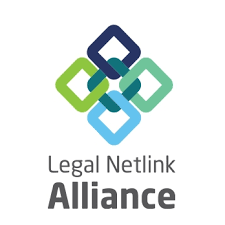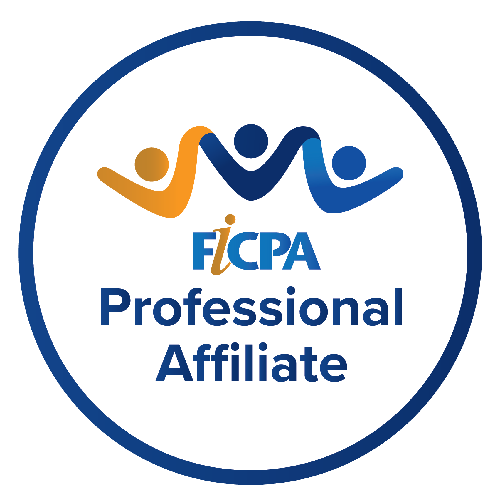Painters and artists in Miami oftentimes copy images presented to them, without first checking to see if the artwork is copyrighted. This can unfortunately lead to a case of copyright infringement—something every artist seeks to avoid.
What constitutes copyright infringement in art?
Under 17 U.S.C. § 501, an artist who copies a copyrighted artwork commits copyright infringement because the artwork they copied qualifies as a “pictorial” work of art under §102. However, it is important to know whether the designs that the artist copies are registered with the U.S. Copyright Office. Unregistered designs do have rights under copyright law. Yet, while registration is voluntary, and copyright exists from the moment the work is created, the design does need to be registered to bring a lawsuit for infringement of work.
More specifically, to bring a lawsuit to enforce the copyright, you need a copyright application with the US Copyright Office—there is no common law right to sue for copyright infringement. If the image is registered, then its owner also has rights to “derivative work” under §101 and §106, so the artist who copied the image does not have the right to create and sell their derivative work.
No protection is available for unregistered designs. While the UK has design rights akin to copyright, design rights in the US are related to patents and must be registered in a design patent application at the USPTO. Unless the image that the artist is copying is registered with the US Copyright Office, the other artist cannot seek a court order restricting its use. Thus, remedies such as injunctions or damages would only be available if the design is registered.
In other words, artists in Miami should always ask if the images they are being asked to freehand are registered with the Copyright Office. If they are, then the artist should not copy or sell these images, because a court order can be brought against them.
How much do you have to change artwork to avoid copyright?
There is actually no percentage by which you must change an image to avoid copyright infringement. While some say that you have to change 10-30% of a copyrighted work to avoid infringement, that has been proven to be a myth. The standard is whether the artworks are “substantially similar,” or a “substantial part” has been changed, which of course is subjective.
The court will look at the circumstances and what exactly has been copied. While copying a small part of an image might seem insignificant, it might be deemed “substantial” if it defines or is the essence of the piece. The court will likely say that if a reasonable person would see the pieces as similar and point out which is the copy, an infringement has occurred.
Nonetheless, if you were to use the work for purposes such as criticism, comment, news reporting, teaching, scholarship, or research, then you would not be infringing under the fair use exception to copyright infringement. The court uses the following factors to determine if the use of the artwork falls into one of the fair use categories:
(1) the purpose and character of the use, including whether such use is of a commercial nature or is for nonprofit educational purposes;
(2) the nature of the copyrighted work;
(3) the amount and substantiality of the portion used in relation to the copyrighted work as a whole; and
(4) the effect of the use upon the potential market for or value of the copyrighted work.
Art will be considered fair if it is “transformative,” or adds “something new, with a further purpose or different character.”
To avoid copyright infringement, artists in Miami should create their own images and register them with the U.S. Copyright office. This would give the artist the right not only to their art piece, but also to copies of their art, derivative works based on their art, and the sale of those copies of their art.








One Response
THANK YOU for this information.
Thank you very much,.